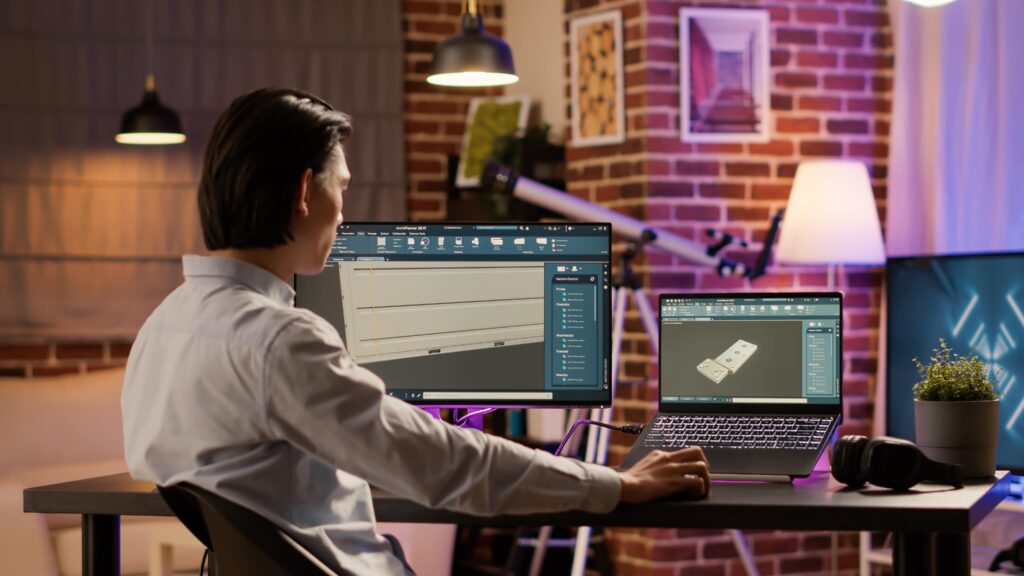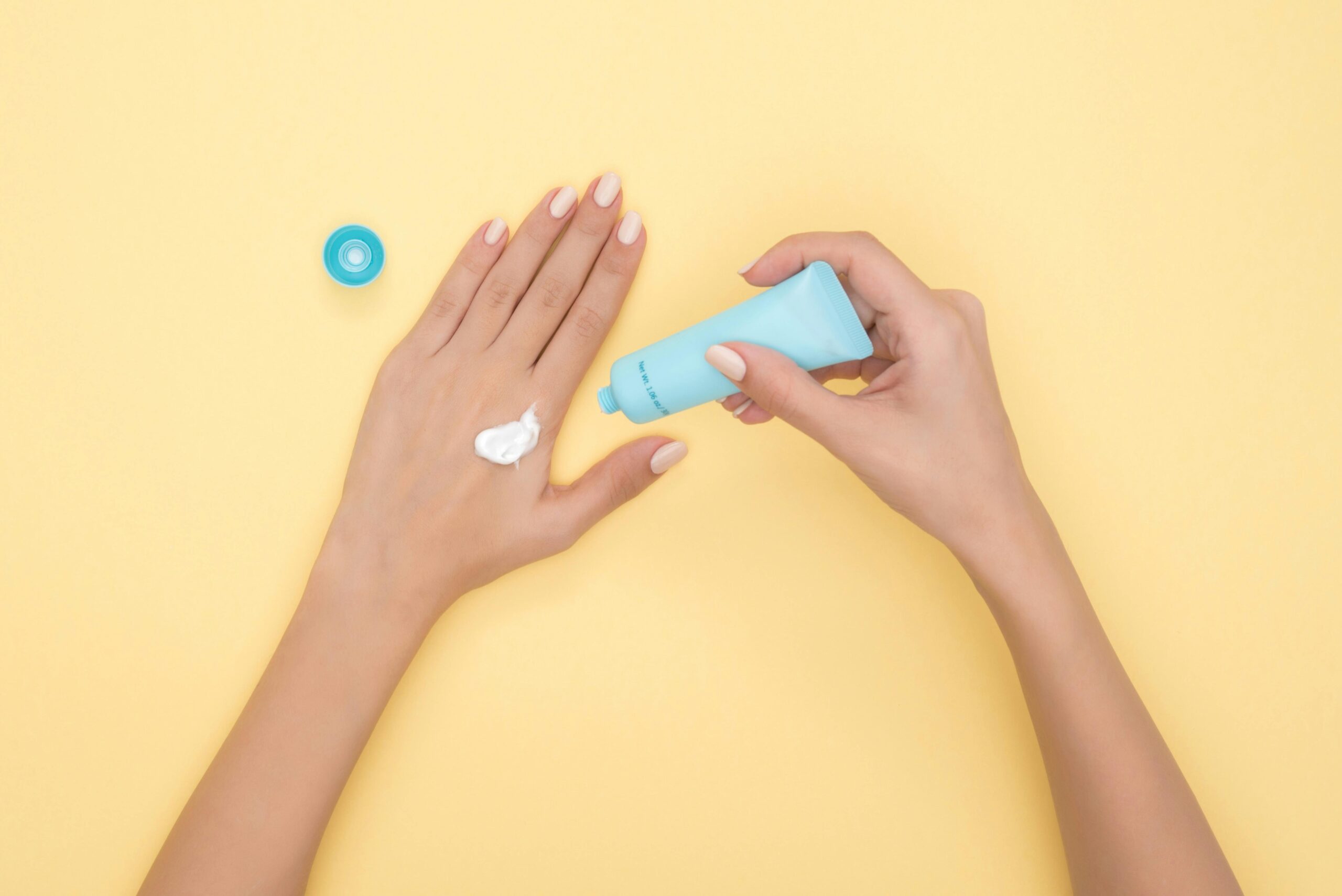Animation plays a significant role in physical rehabilitation and therapy, offering innovative solutions that enhance patient outcomes and improve overall well-being. As technology continues to advance, the integration of animation in healthcare settings has proven to be a game-changer, revolutionizing the way patients undergo rehabilitation and therapy.
In this article, we will explore the various ways in which animation is transforming the landscape of physical rehabilitation and therapy, the benefits it offers, and the top career opportunities in this rapidly growing field.
Physical Rehabilitation and Therapy
Physical rehabilitation and therapy are essential components of the healthcare industry, aimed at restoring and improving the physical function and mobility of individuals who have experienced injuries, illnesses, or disabilities.
Traditionally, these practices have relied on conventional methods such as manual therapy, exercise, and assistive devices to help patients regain their strength and independence. However, with the emergence of animation technology, healthcare professionals now have access to a powerful tool that can enhance the rehabilitation process in innovative ways.
The Role of Animation in Physical Rehabilitation
Animation has the unique ability to visualize complex concepts and processes in a clear and engaging manner. In the context of physical rehabilitation, animation can be used to create interactive virtual environments that simulate real-life scenarios, allowing patients to practice movements and exercises in a safe and controlled setting.
By incorporating animation into rehabilitation programs, healthcare providers can personalize treatment plans, track progress more effectively, and motivate patients to actively participate in their recovery.
Benefits of Using Animation in Rehabilitation
One of the key advantages of using animation in physical rehabilitation is its ability to improve patient engagement and compliance. Interactive animations can make therapy sessions more enjoyable and interactive, encouraging patients to stay motivated and committed to their treatment plans.
Additionally, animation can help patients better understand their condition, treatment goals, and progress, leading to increased satisfaction and better outcomes.
Enhancing Therapeutic Techniques with Animation
Animation can also be used to enhance traditional therapeutic techniques and modalities. For example, virtual reality (VR) technology, which relies heavily on animation, has been increasingly utilized in physical rehabilitation to provide immersive experiences that stimulate the senses and promote motor learning.
By incorporating VR-based exercises and games into therapy sessions, patients can engage in repetitive movements in a fun and engaging way, leading to improved motor function and coordination.
Career Opportunities in Animation for Physical Rehabilitation and Therapy
The integration of animation in physical rehabilitation and therapy has created a demand for skilled professionals who possess a unique blend of expertise in both healthcare and animation. As the field continues to grow, there are several exciting career opportunities available to individuals interested in combining their passion for animation with their desire to make a positive impact on patient care.
1. Medical Animator
Medical animators play a crucial role in creating visual content that explains complex medical concepts, procedures, and treatments to patients and healthcare professionals. They work closely with healthcare providers to develop animations that educate patients about their conditions and treatment options, making the information more accessible and easy to understand.
2. Rehabilitation Technologist
Rehabilitation technologists specialize in the design and implementation of technology-based solutions that support physical rehabilitation and therapy. They work with interdisciplinary teams to develop customized software applications, virtual reality environments, and wearable devices that enhance the rehabilitation process and improve patient outcomes.
3. Virtual Reality Developer
Virtual reality developers design and create immersive experiences that simulate real-world environments for therapeutic purposes. In the context of physical rehabilitation, VR developers collaborate with healthcare professionals to build interactive simulations and games that engage patients in rehabilitation exercises and activities, promoting motor learning and functional recovery.
4. Healthcare Animator
Healthcare animators focus on creating animations that educate patients, caregivers, and healthcare providers about various health conditions, treatments, and preventive measures. They use their artistic skills and medical knowledge to develop visually compelling content that conveys complex healthcare information in a clear and engaging manner.
5. Rehabilitation Specialist
Rehabilitation specialists are healthcare professionals who specialize in designing and implementing comprehensive rehabilitation programs for individuals with physical disabilities or injuries.
By incorporating animation and technology into their practice, rehabilitation specialists can offer innovative treatment approaches that address the unique needs and goals of each patient.
Conclusion
The integration of animation in physical rehabilitation and therapy has revolutionized patient care by enhancing engagement, personalizing treatment, and improving overall outcomes. As technology continues to evolve, the potential for animation to transform traditional therapeutic approaches is limitless, opening up new and exciting career opportunities in the field.
This dynamic combination of healthcare and animation is set to play a pivotal role in shaping the future of rehabilitation, offering patients more effective and enjoyable pathways to recovery.
Key Takeaways:
- Animation plays a crucial role in transforming physical rehabilitation and therapy by offering innovative solutions that enhance patient outcomes and overall well-being.
- The integration of animation in healthcare settings revolutionizes the way patients undergo rehabilitation, providing personalized treatment plans and motivating patients to actively participate in their recovery.
- Using animation in rehabilitation improves patient engagement, compliance, and understanding of their condition and treatment goals, leading to increased satisfaction and better outcomes.
- Animation enhances traditional therapeutic techniques by providing immersive experiences through virtual reality technology, promoting motor learning and functional recovery.
- Career opportunities in animation for physical rehabilitation and therapy include roles such as Medical Animator, Rehabilitation Technologist, Virtual Reality Developer, Healthcare Animator, and Rehabilitation Specialist.
For those looking to deepen their knowledge and skills in animation for healthcare applications, it is recommended to consider enrolling in the NYU Animation Industry Essentials online course and certificate program offered by Yellowbrick.
This comprehensive program can provide valuable insights and expertise to propel your career in this exciting and impactful field.






